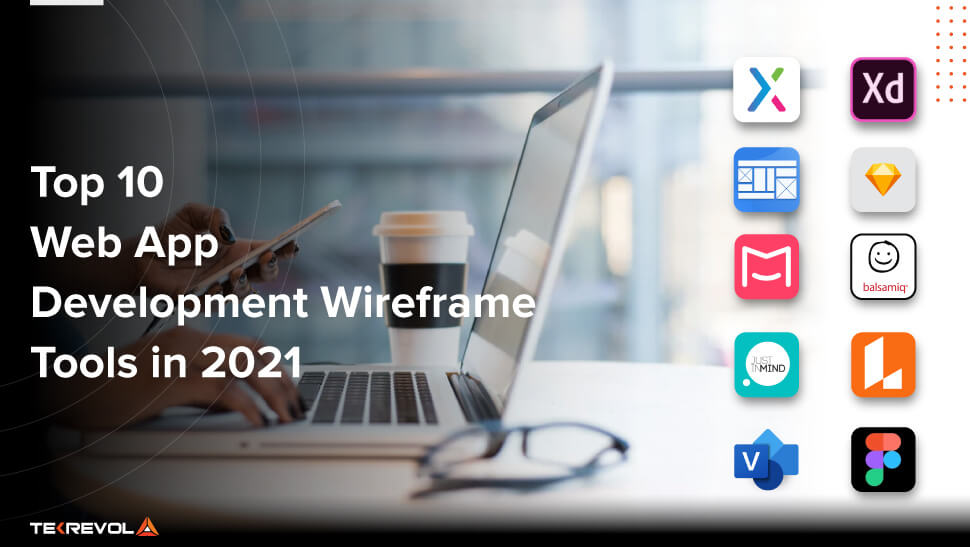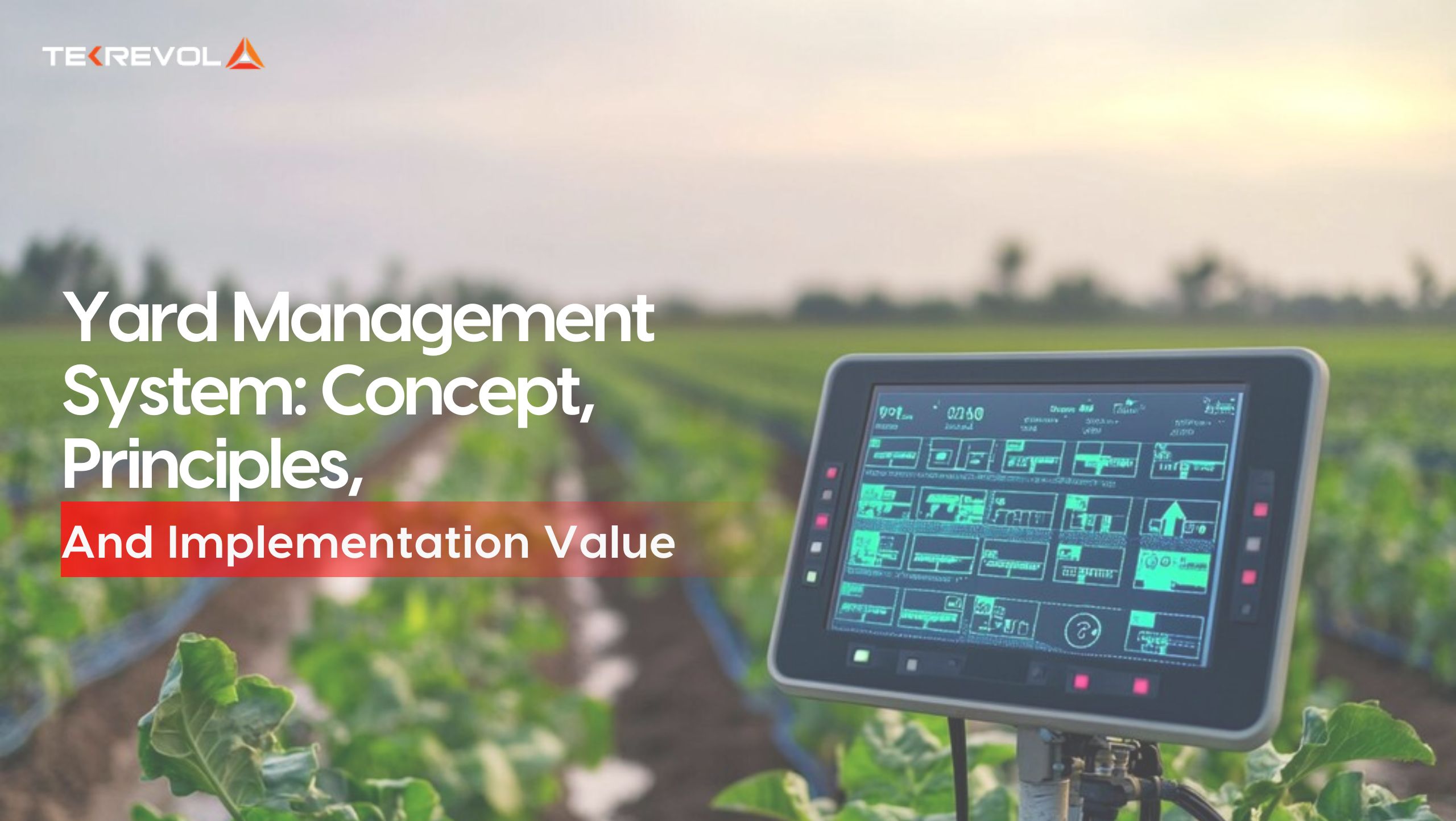Mobile apps are designed to bring increased ROIs and customers to your business.
Also, developing a dedicated mobile app that provides an omnichannel to your business and adds value to your customers takes up a lot of your investment, time, and efforts.
So, it is natural that it should bring immeasurable benefits to your business in terms of revenue and growth.
However, these aspects are only possible when you have a well-planned pricing strategy for your mobile app.
Another reason why taking pricing strategies seriously is important is that the entire process through which your app will earn revenue depends on it.
For instance, here are the basic things you’ll focus on when building an Ecommerce app:
- Be well-aware of the competition that your new-to-the-world Ecommerce app would face.
- Surpass the industry standards in terms of experience, feature, or navigation to attract users using the app of well-entrenched brands.
- Craft a great value proposition for your users to keep them coming back to your app for more.
- Integrate impactful features to your app that will distinguish your brand from the competition.
And for all the points of success mentioned above, you would have to back them up with an effective pricing strategy based on consumption of resources, market conditions, customers’ buying capacity, and product demand.
Doing this would ensure a utopian future for your app, one in which it thrived and became a household name much like Amazon App.
So, with the intro and importance of pricing strategies for apps out of the way – let’s start strategically creating the beset app pricing strategy for your mobile app.

What is a Pricing Strategy for App?
A mobile app pricing strategy is generally a method of earning revenue through your digital or physical business.
In terms of the app, however, a pricing strategy helps you generate ROI from it.
For example, if you’re app is paid or it is available for free but features ads, that’s a pricing strategy.
In the case of apps like Uber, the pricing strategy is that the app offers distinctive services for which it charges a specific amount from the users.
And, this is the amount that brings your maximum business profit.
Therefore, choosing the right app pricing strategy depends on the scope of your app and your audience.
The graph below shows some common pricing strategies with examples in mobile game apps and others.

Image Source: Statista
1. Free Apps
Free apps are as the name suggests are free for the users to download through the Google Play or App Store.
Free apps usually earn from in-app advertisements of related products and services.
The revenue model of free apps is generally based on successfully attaining a massive audience of a specific niche or segment and then promoting a specific service or product within the app through ads – charging money while doing so.
Lastly, some examples of free apps may include; WhatsApp, Snapchat, Instagram.
2. Freemium Apps
Freemium apps include mobile apps that are free to download but only have limited features and functionalities available at first.
These mobile applications give the user an option to unlock more advanced features and functionality of the app for a specific amount.
And this is the monetization or pricing strategy of Freemium apps.
Moreover, some common examples include; Spotify, OneDrive, Skype.
3. Paid Apps
This is by far the simplest pricing strategy that you can integrate to your app or business model.
Paid apps are basically as the name suggests, downloaded for a specific amount, they aren’t available for free.
However, once the user has paid to download the app, then it’s free to use – no additional charges!
Some of the most used paid apps include Netflix, MX Player Pro, PhotoPhills.
4. Paymium Apps
Paymium apps are a combination of both paid and freemium models and is comparatively, a new pricing strategy or revenue model.
This pricing strategy requires app users to pay charges at the time of download and includes the additional payment to unlock certain app features.
Examples of app-based on Paymium models include explicit versions of Angry Birds, Capcom’s Mega Man X, Rush Origins HD, etc.
Like what you are reading?
If you wish to read more about the monetization strategies and how your mobile app can generate more business, we have a complete guide on the topic “how much money can your app make”
Moving on, let’s talk about how you can choose the right pricing strategy for your app.

Creating Revenue Streams For Your App Using The 5Cs Strategy
When choosing a pricing strategy for your app, you must evaluate your app type, target audience, developing team, and stakeholders.
There are several concerns when it comes to creating a strategy for your app.
You have to conduct comprehensive market research, understand which product strategy best fits your app, streamline the valuable distribution channels, and keep an eye on the competitors.
All of the aforementioned aspects are covered in a particular strategy that goes by the name of the 5Cs pricing strategy.
And here’s how you can put this strategy to work for your mobile application:
The 5Cs in a Pricing Strategy

1. Cost
The cost invested in your app is the rudimentary component in devising a suitable app pricing strategy.
To develop a well-defined strategy, it is essential to be aware of the overall cost of your app which I’m pretty sure entrepreneurs already are.
Moreover. this may include basic and additional project investments, such as trade discounts, overhead, server costs, and more.
Keeping an eye on currency fluctuation is yet another advanced aspect that you need to determine while creating a pricing strategy.
Once you’re done with covering all the components that were involved in developing and designing your app, you’ll have a clear concept of the amount that you may want to charge from your audience to generate massive ROI while covering the investment in the initial stage of your app (once it has been published).
For example, let’s say your app cost you around $25,000.
You’ve selected the paid apps pricing model to generate revenue for your app and the users are liable to pay $2 to get the app.
Now, even with a user base of 1M, you would’ve only earned $12437.21 which is actually half of what you paid to get the app developed.
Hence, you may need to increase the price of your app.
Focusing on similar aspects involved in the first ‘C’ (cost) would help you to extract the right price for your app which would help your app to earn a significant amount of revenue in the long-run let alone covering your investment in the first 2 or 3 quarters. (If all other integral aspects are in line)
2. Customers
When devising a relevant pricing strategy for your mobile app, you need to evaluate whether your specified app pricing is within your customer’s expected range or not.
In doing so, you may conduct a market research, create buyer personas, opt for customer segmentations and devise a specific strategy to target a particular market segment.
This segment can be the mass-market or niche market and would obviously include a strategy that would help you to create dominance in the selected market segment.
If you’re willing to go customer centric, I would suggest that you aim for the customer intimacy strategy that is designed for brands that are fully-focused on creating solutions for their customers.
3. Channels of Distribution
You may choose from several channels to market your app and increase your reach to your apps’ end users.
However, whichever channel you choose has a direct impact on the pricing of your app.
For instance, if you choose to consult with a marketing agency to give your app more exposure, the option would come with an additional cost as creating landing pages, running paid campaigns or even developing an entire website would be involved in the process.
Therefore, it is always important to choose your third-party resources carefully that add the right value to the relationship between your product and customers.
4. Competition
Every business and product are always competing against a few in the competitive market. Therefore, it is always crucial to think about the existing competition from your customer’s perspective for your services.
Making pricing decisions compared to your competitors’ products is where most project managers go wrong.
You can always communicate and collaborate with your customers to get an idea of what they expect from you.
5. Compatibility
When it comes to pricing your app, it does not only have to do with the cost; rather, it must be aligned with every other important aspect of your business objectives.
Also, every product or service you intend to sell has an image to portray and must have a purpose to cater to.
So, when you are finalizing your app pricing strategy, you must make sure it aligns with your brand and product’s image and is suitable in terms of the service you provide.
Considering the 5Cs of pricing strategy before finalizing your decision can help you get better insights into essential aspects influencing your decision.
Since pricing your app gives value to your app, the right strategy can help you power your business the right way.
Moving on, let’s look at the essential aspects forming the basis of your decision and impact your pricing strategy.

How to Choose Right Pricing Strategy for Your Mobile App Project?
Several factors influence your app pricing strategy, which determines your success. Therefore, it is always essential to make sure you cater to all of these effectively.
Here’s how you can pick the right pricing strategy for your app project:
1. Your Target Audience
The fate of your app depends on your target audience.
It’s fair and simple; you are developing a mobile app to provide value to your customers so you can earn revenue and a strong customer base in return.
So, several factors motivate your users to download and use your app. The app pricing plan is one of them, as well.
It is always essential to consider your target audience and keep them in the loop when finalizing your pricing strategy. For instance, if you are developing an app for students, a freemium model may be the most suitable choice.
Similarly, if your app offers real-life use cases and experiences, implementing a paid model would be beneficial for you since 77% of people are willing to pay for an app that offers greater usability.
2. How Much Your Audience is Willing to Pay
An important part of your pricing strategy is evaluating and understanding how much your audience is willing to pay for the service you provide.
Doing so is subject to two major aspects: your app’s USP and what your audience is expecting to pay for your app. Therefore, when finalizing your pricing strategy, you may emphasize a recurring revenue model instead of focusing on per price point.
This is also important to build the credibility of your product and ensure value to customers.
3. Competitive Analysis and Market Value
Market and competitor analysis is an integral part of the entire app development process, from pre-development to post-development and maintenance.
Similarly, when it comes to finalizing your app’s pricing strategy studying your competitors’ products and strategies can help you sketch an optimum revenue streak.
Also, conducting competitor’s analysis gives greater insights into the gap between your and your competitor’s products. And, can also help in highlighting areas where you take the lead.
For instance, providing extra functionalities with a relative revenue model or keeping your app price lower than those in the market can give you a significant advantage.
4. A Result-driven Marketing Plan at Work
You may think of it as not related to the topic directly, but having a practical marketing strategy at work can help you get the best of your pricing plan.
As social media and internet connectivity have transformed the world into a global village, harnessing its power to back your product and spread the word can do wonders in garnering maximum user acquisition and expand your business horizons.
Doing so may require you to look into primary marketing channels, creating rich written and visual content, and improving user interactivity.
5. What Does Your Product Demands?
Devising a pricing strategy is a one-time decision; rather, it decides your mobile app’s sustainability and revenue stream.
Therefore, when strategizing your mobile app price, make sure to consider every important aspect of your mobile app. These different aspects can help you generate more revenue and add value to your product
For example, suppose you are planning to develop a healthcare app. In that case, you must consider that the data generated from your telemedicine app can derive useful information that can be further used to improve healthcare services.
Similarly, an on-demand app development service can help you collaborate with several other mobile apps to form a chain of services that ensures greater performance and productivity.
6. App Affordability
Last but not the least, ensuring your app pricing is within your prospects’ expected range and is affordable is crucial.
What can be better than a mobile app with all the essential features within an affordable price range?
This is a conventional pricing approach that caters to the behavioral psychology of the buyer; providing a unique selling proposition at a reasonable rate compels your prospects to buy your product.
Subsequently, it attracts new customers to buy your product and improves user retention and sustainability with the low cost of making an app.
Pro Tip: The best product pricing strategy is to launch an app with a higher price tag and lower it after a few months.

Wrap Up
As an entrepreneur, investing in mobile applications is not just about having a fancy idea and technical skills at hand. Rather, it is about researching, investing your time, and making correct decisions at every step.
- Want to know more about how you can price your mobile app?
- Consult with our team now for a detailed discussion about the suitable strategies to price your app and how you can do it.
-
 Strategy
Strategy Design
Design Development
Development

 3083 Views
3083 Views August 13, 2021
August 13, 2021









